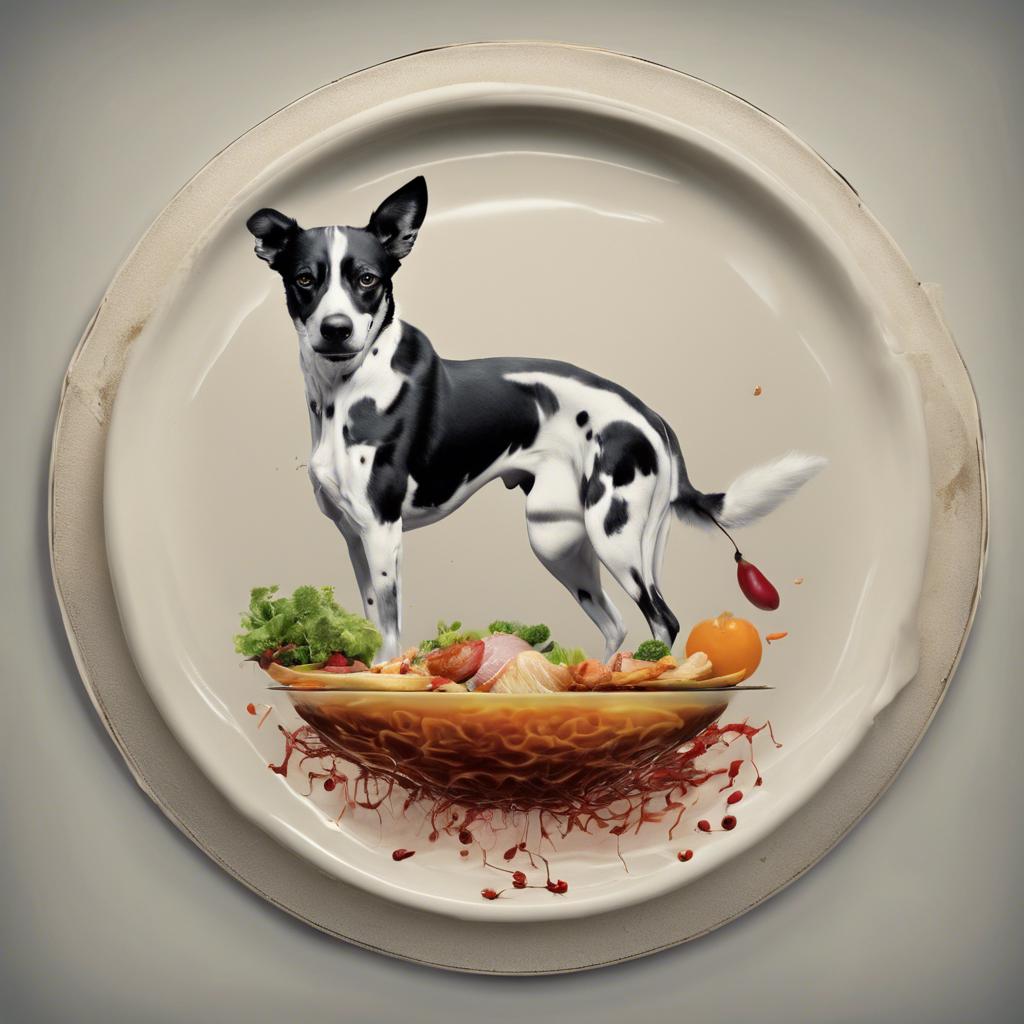For centuries, humans have used various methods to prepare and cook their food, with one of the most primitive and enduring techniques being the roasting of meat over an open flame. While this method has been applied to a multitude of animals, perhaps none is more iconic or culturally significant than the roasting of a whole dog on a spit. This practice, rooted in ancient traditions and customs, has sparked debate and controversy throughout history. In this article, we will explore the historical origins, cultural significance, and modern-day interpretations of the culinary tradition of roasting a dog on a spit.
Step Into the World of Cheryl Bolen
Dive into the enchanting stories of love, intrigue, and elegance set in the Regency Era. Cheryl Bolen's novels offer timeless romance and captivating tales that will leave you wanting more.
Explore Cheryl Bolen's Books Now
Origin of the Dog on a Spit Dish
The origins of the dog on a spit dish can be traced back to ancient times, where it was a common method of cooking meat over an open fire. This cooking technique dates back to the early civilizations, where people would roast animals whole on a spit to feed large groups of individuals during festive occasions or celebrations.
The practice of roasting a dog on a spit has been documented in various cultures throughout history, including the Roman Empire, where it was considered a delicacy. Dogs were often roasted on a spit during lavish banquets and feasts, serving as a symbol of wealth and luxury.
In modern times, the concept of roasting a dog on a spit may be met with controversy and ethical concerns due to the association of dogs as domestic pets. However, it is essential to understand the historical context and cultural significance of this culinary practice, which has evolved over centuries to become a part of culinary history.
Historical Significance and Cultural Traditions
Throughout history, the practice of roasting a whole dog on a spit has held great significance in various cultures around the world. This tradition dates back centuries and can be found in different forms in countries such as the Philippines, China, and Korea.
In the Philippines, the roasting of a whole dog on a spit is known as “aso’t pusa” and is often associated with celebrations and festive gatherings. The dog is carefully seasoned and slow-roasted over an open flame, resulting in a delicacy that is enjoyed by many during special occasions.
While the idea of roasting a dog may seem unusual to some, it is important to understand the cultural significance behind this practice. In many cultures, dogs are considered to be symbols of loyalty and protection. By roasting a whole dog on a spit, communities are honoring these traits and paying tribute to the important role that dogs play in their lives.
Recommended Cooking Techniques and Seasonings for Dog on a Spit
When it comes to cooking a dog on a spit, there are a few recommended techniques and seasonings that can elevate the flavor of this unique dish. One popular technique is slow-roasting the dog over an open flame, which helps to seal in juices and create a crispy outer layer. Another technique is basting the dog with a flavorful marinade or sauce throughout the cooking process to infuse it with extra taste.
For seasonings, a simple mixture of salt, pepper, garlic powder, and paprika can add depth and richness to the dog’s flavor profile. You can also experiment with herbs like rosemary, thyme, or oregano to give the dish a more complex and aromatic taste. Additionally, consider incorporating spices like cumin, coriander, or chili powder for a bit of heat and exotic flair.
| Techniques | Seasonings |
|---|---|
| Slow-roasting over open flame | Salt, pepper, garlic powder, paprika |
| Basting with marinade | Rosemary, thyme, oregano |
| Cumin, coriander, chili powder |
Remember, cooking a dog on a spit is a time-honored tradition that dates back centuries. By mastering these techniques and experimenting with different seasonings, you can create a truly unforgettable dish that pays homage to the culinary history of this unique cooking method.
Ethical Considerations and Alternatives to Dog Meat
In ancient cultures, the consumption of dog meat was a common practice, often considered a delicacy or a symbol of status. However, as society has evolved, ethical considerations surrounding the treatment of animals have become more prevalent. Many individuals now view the consumption of dog meat as inhumane and cruel, leading to a shift in cultural attitudes towards this practice.
There are several alternatives to eating dog meat that align with ethical principles and promote compassion towards animals. One such alternative is the promotion of plant-based diets, which provide a sustainable and cruelty-free way to meet nutritional needs. Additionally, advocating for the protection of animals through legislative measures and education can help discourage the consumption of dog meat in communities where it is still practiced.
By promoting ethical considerations and embracing alternatives to dog meat consumption, we can work towards creating a more compassionate and sustainable world for all living beings. It is essential to recognize the impact of our choices on animals and the environment, and strive to make ethical decisions that reflect our values of kindness and respect towards all creatures.
In Retrospect
the practice of roasting a dog on a spit has a long and complex history that spans across different cultures and time periods. While it may seem disturbing to many in modern society, it is important to understand the cultural significance and context in which this tradition originated. By exploring the origins and evolution of this practice, we can gain a deeper appreciation for the diverse and sometimes controversial food customs that have shaped our culinary heritage. As we continue to examine and reflect upon our culinary traditions, it is crucial to approach these topics with sensitivity and respect for the cultural diversity that enriches our global gastronomic landscape.


